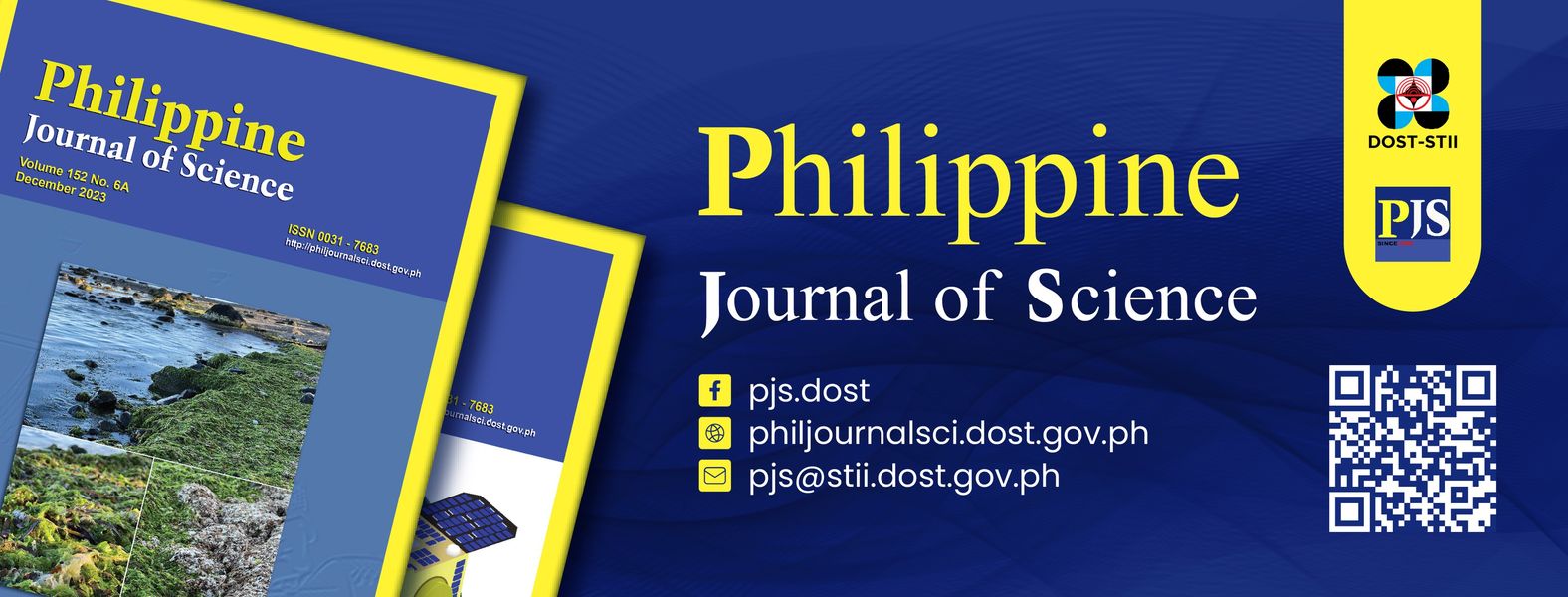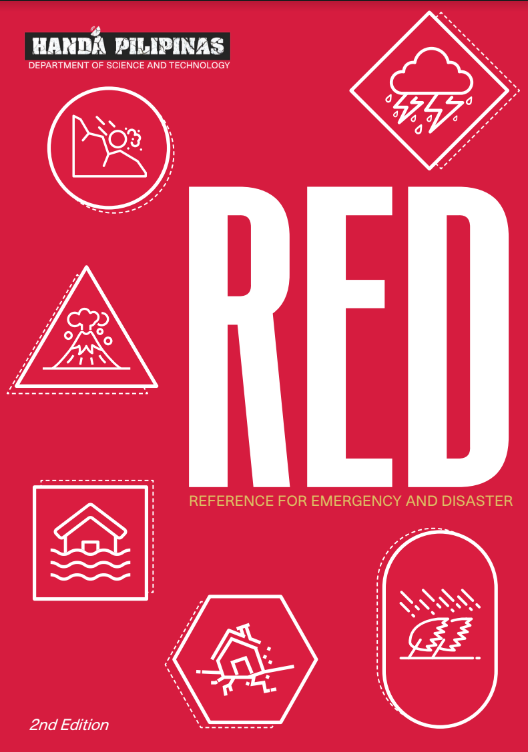On the occasion of the Department of Science and Technology’s (DOST) Science Nation Tour in the National Capital Region, one of its agencies, the Metals Industry Research and Development Center (MIRDC) launched two innovative food processing machines to raise the level of competitiveness of Philippine food products.
The launching was held last December 9, 2015 at the Platinum Building Conference Hall, DOST Complex, Taguig City.
With sufficient funding and technical support from the DOST system, the MIRDC was able to fabricate the Microwave Vacuum Dryer (MVD) and the Superheated Steam Treatment System (SSTS) for stabilizing brown rice.
In his opening message, Assistant Secretary Robert O. Dizon, MIRDC officer-in-charge, said, “This is definitely an innovation, the first localized microwave vacuum dryer that is cheaper than imported ones, roughly costing only P1.8 million compared to foreign brand from China priced at P2.3 million and so this is a good lead for us to be a competitive player in the food industry.”
The MVD was developed under the Support Program for Productivity and Competitiveness of the Metals and Engineering Industries of the DOST. The technology combines microwave heating and vacuum environment where heat is transferred directly to the material with the waves stimulating the molecules in food products, resulting in decreased moisture content and a drying effect. The use of microwave vacuum technology has several advantages over traditional ways of processing and/or drying food products namely, it reduces drying time, lowers drying temperature, registers lower energy consumption, and comes up with high quality products.
MVD can be used to process rice bran or darak, an otherwise useless by-product of rice mills, making it a valuable supplement in various processed food products like sausages or hotdogs. Likewise, the MVD can also be used in other applications like chili and garlic, two important ingredients in the food industry.
Once applied in processed foods, the stabilized rice bran enhances the nutritional value of foods with B vitamins, minerals and nutrients and omega 3-6-9 fatty acids. “By using the microwave vacuum drying machine, we are able to maintain the nutritional content of processed foods and one example is the sausages we developed that contain 17% stabilized rice bran. It is also ideal because with this technology we extend its shelf life from 24 hours to as long as six months,” revealed Dr. Blanca J. Villarino of the University of the Philippines College of Home Economics.
The machine is very ideal for micro, small and medium enterprises (MSMEs) because the design is compact, easy to maintain and clean. Furthermore, it does not produce greenhouse gas emissions and can be fabricated in much lower manufacturing cost.
On the other hand, the Superheated Steam Treatment System (SSTS) is used to stabilize brown rice to prolong the shelf life from 1-2 months to 5-9 months. The SSTS uses and controls superheated steam to deactivate the enzymatic activity to extend shelf life of brown rice, thereby making it more competitive in the market. It combines steaming and drying while retaining the sensory acceptability and quality of brown rice without chemical additives.
Developed in cooperation with the DOST-Food and Nutrition Research Institute and with funding from the DOST-Philippine Council For Industry, Energy and Emerging Technology Research and Development
The locally fabricated SSTS machine has several components: a conveyor and precise control system for easy loading, spreading and discharging of the brown rice; a steamer made of food grade stainless steel to keep food free of contamination; and steam generator with super heater.
It has a capacity of 10 kilograms per batch and treatment time only takes 90 seconds at a temperature of around 120 degrees centigrade.
Both machines are ready for commercial adoption and Asec. Dizon is very confident that these technologies will greatly improve food processing techniques and benefit the thousands of MSMEs in the country. (S&T Media Service)
Written by By Rodolfo P. de Guzman S&T Media Service, DOST-STII
Wednesday, 16 December 2015 07:30


















 21 in 2021 Technology Catalogue
21 in 2021 Technology Catalogue 21 in 2021 Technology Catalogue
21 in 2021 Technology Catalogue DOST Innovations - Web and Mobile Applications for Disaster Risk Reduction and Management
DOST Innovations - Web and Mobile Applications for Disaster Risk Reduction and Management